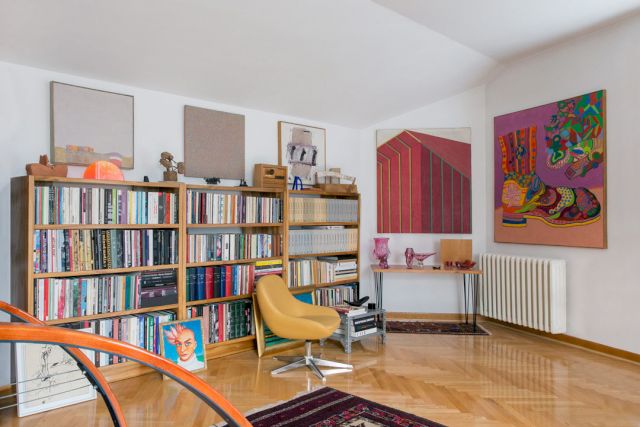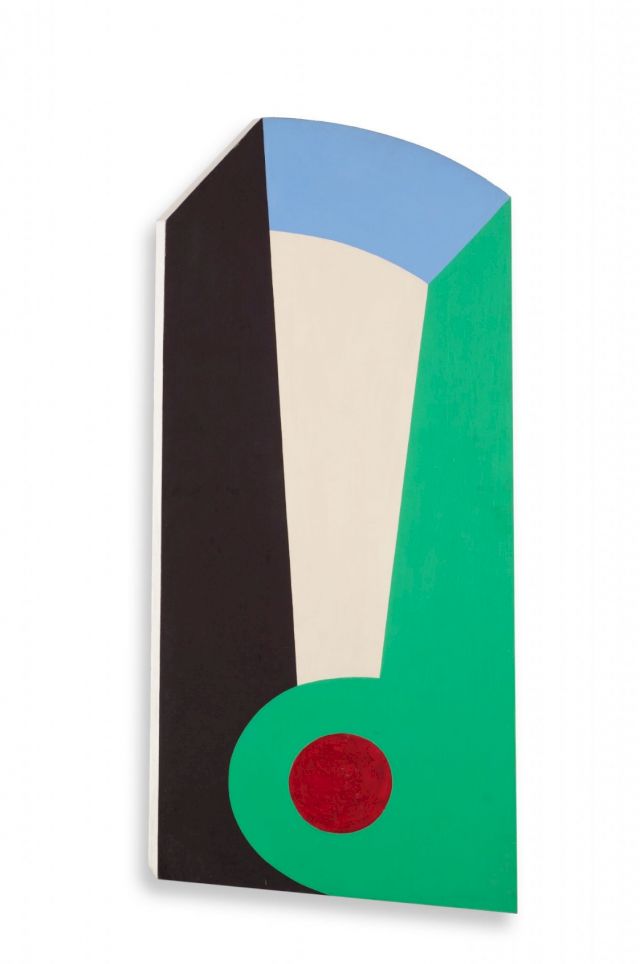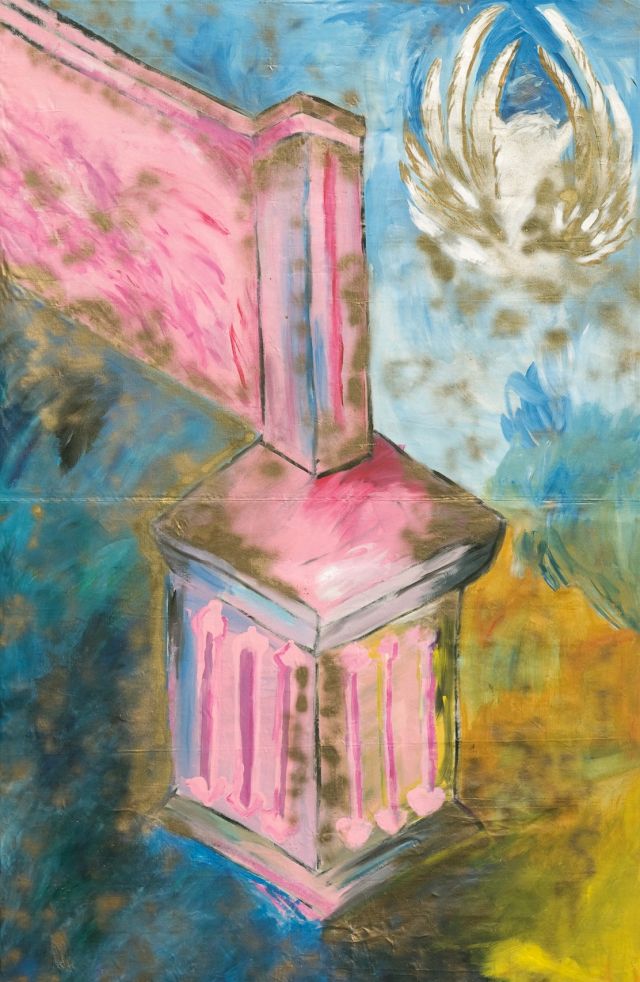Independent Collectors
Trajković Collection
Daniel and Slavic Trajković, discuss the origins of their collection

In a famous interview with the journalist, William Wright, Jackson Pollock is quoted as saying that his work is a denial of the accidental: “I don’t use the accident … I deny the accident”, Pollock states with characteristic grandiloquence. To hear the founders of the Trajković Collection, Daniel and Slavic Trajković, discuss the origins of their collection, the accidental can prove equally fortuitous for collectors as it may be for painters.
Asked by the BMW Art Guide why they collect, they replied “The truth is we never knew the real reasons”. However the collection came into being, the embrace of the accident of its birth has served the Trajković Collection well, as it is now understood to be the largest private collection in Serbia. The collection’s formidable size and the interests of the Trajkovićs in the post-war period of Serbian art means that the collection is both focused and encompassing; it is a collection with a highly specific identity, but also one which retains a sense of adventure and openness.
The time period on which the collection concentrates showcases the dialogues that existed between Serbian artists and other global trends and developments. Possibly the most familiar name to audiences inside and outside of Serbia from the collection will be that of Dušan Otašević. Otašević’s work traces the history of aesthetic developments in contemporary Serbia with quality of acceptance that brooks few rivals, and is perhaps best known for his dialogues with Pop Art from the 1960s. The Trajković Collection holds some of the most engaging examples of Otašević’s Pop works including the diptych, Yes Sir!. In the work, Otašević’s overloaded ice cream cone, which sits in blank, white space, on one panel is joined by an oddly melancholic tongue in another. It is a tongue that will never taste the ice cream beside it, or even be permitted to settle quietly back inside of a mouth as Otašević’s image depicts no lower row of teeth or jaw. Otašević’s hilarious, somewhat disturbing works, To Eat and To Drink also feature in the collection, imagining systems of the body as something between industrial structures and traffic conduits. This sense of the humorous uncanny infuses not only Otašević’s work, but also that of other key figures in the Trajković Collection. Radomir Reljić’s work also explores the body as a site of tragedy, comedy and incompletion.
Another important strand in the collection’s holdings is an emphasis on the role of performance as a discourse in Serbian art. The collection includes works by Era Milivojević in which the artist can be seen duct taping the legendary Serbian performance artist and contemporary global icon, Marina Abramović, to a bed. In another image, Milivojević is seen taping his own reflection in a mirror. There is a haunting quality to works like these, evoking the determination toward futile preservation of the moment for which art and history so often strive. Along with Milivojević works, this era of adventure and possibility in Serbian art is represented by photo documentation of a performance by Neša Paripović, entitled From the Movie in which the artist is depicted striding purposefully off a section of iron fencing onto a rooftop like a combination of Leonard Cohen and Jason Bourne. The work not only depicts an important (literal and figurative) moment in Serbian art, but also represents the dialogues between western cinema and art movements like the New York downtown scene of the late 1970s and the former Yugoslavia. Pioneering feminist works by Katalin Ladik are also included in the collection. In these images, the viewer finds Ladik standing behind a spinning bicycle wheel, perhaps subverting, or furthering the notion of the Duchampian readymade.
If the Trajković Collection was born by accident, it has reached a level of maturity that few collections in the region can rival. Happily, the collectors share a commitment to ensuring the works are seen and circulated widely, providing contributions to numerous regional shows and exhibitions as far afield as Newcastle in the UK. The story it tells is one about the history of Serbia, but it is also a story of Serbia’s future, the present one, and also the infinity of possible others.
William Kherbek is the writer of the novel “Ecology of Secrets” (2013, Arcadia Missa) and “UltraLife” (2016, Arcadia Missa). His art journalism has appeared in a number of publications in the UK, US, Germany, Switzerland and Romania.
For more information visit Trajković Collection.



















All images courtesy of The Trajković Collection.